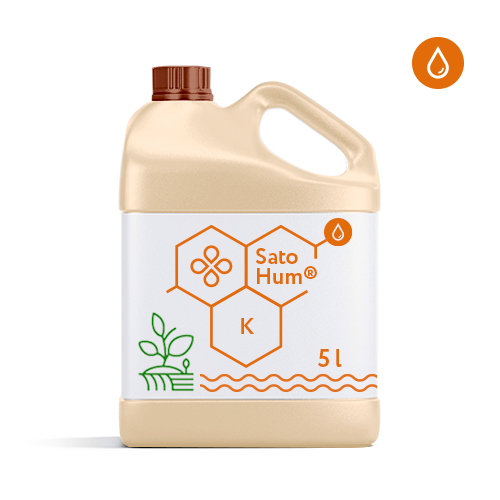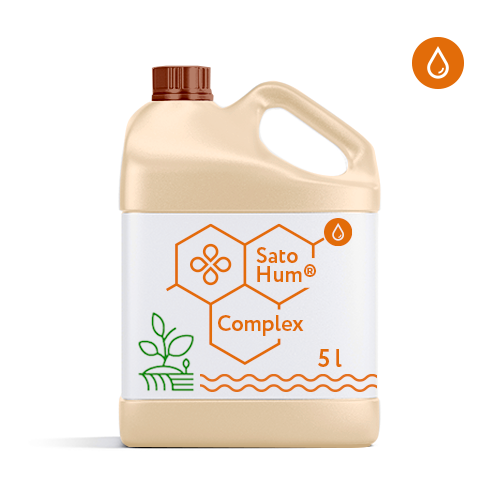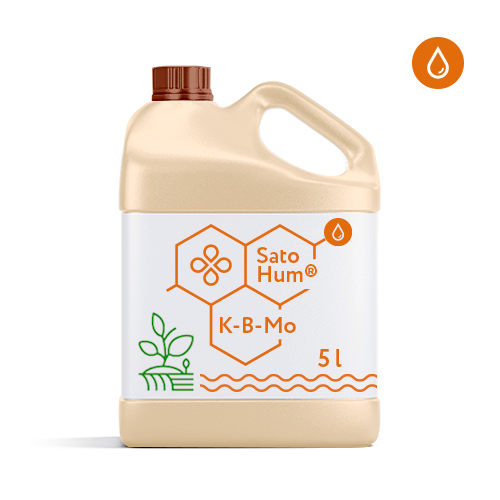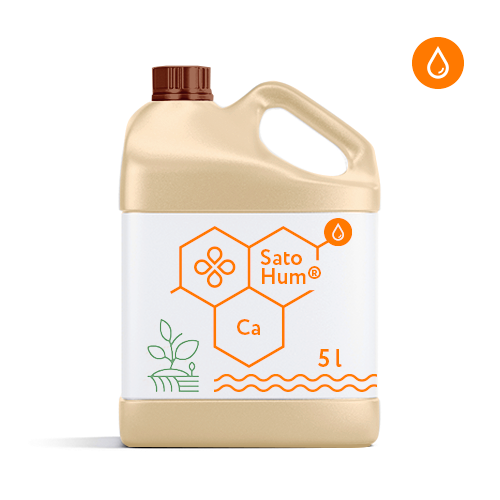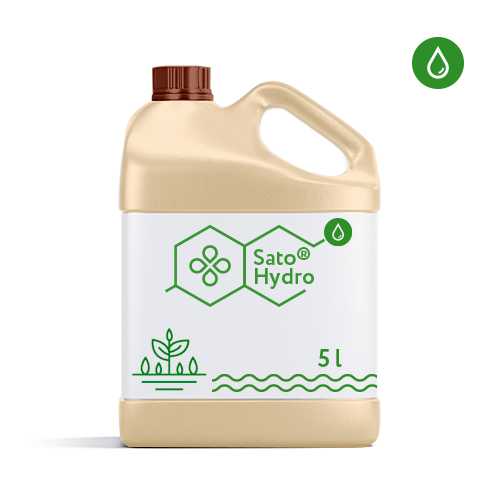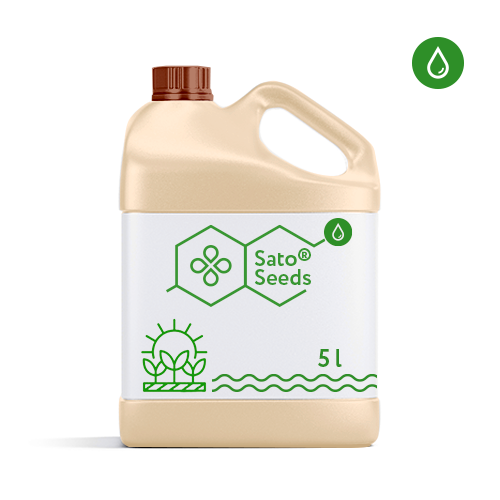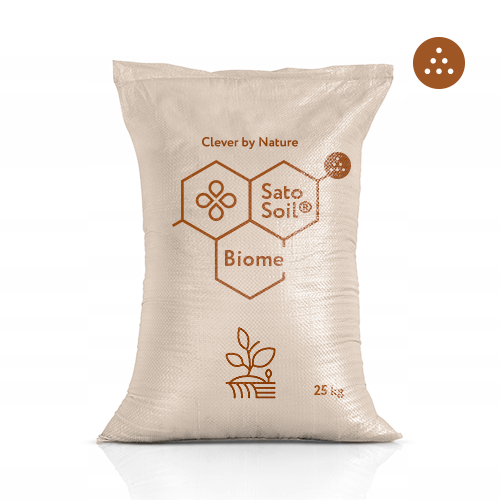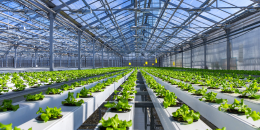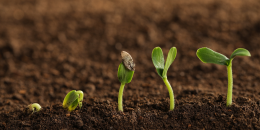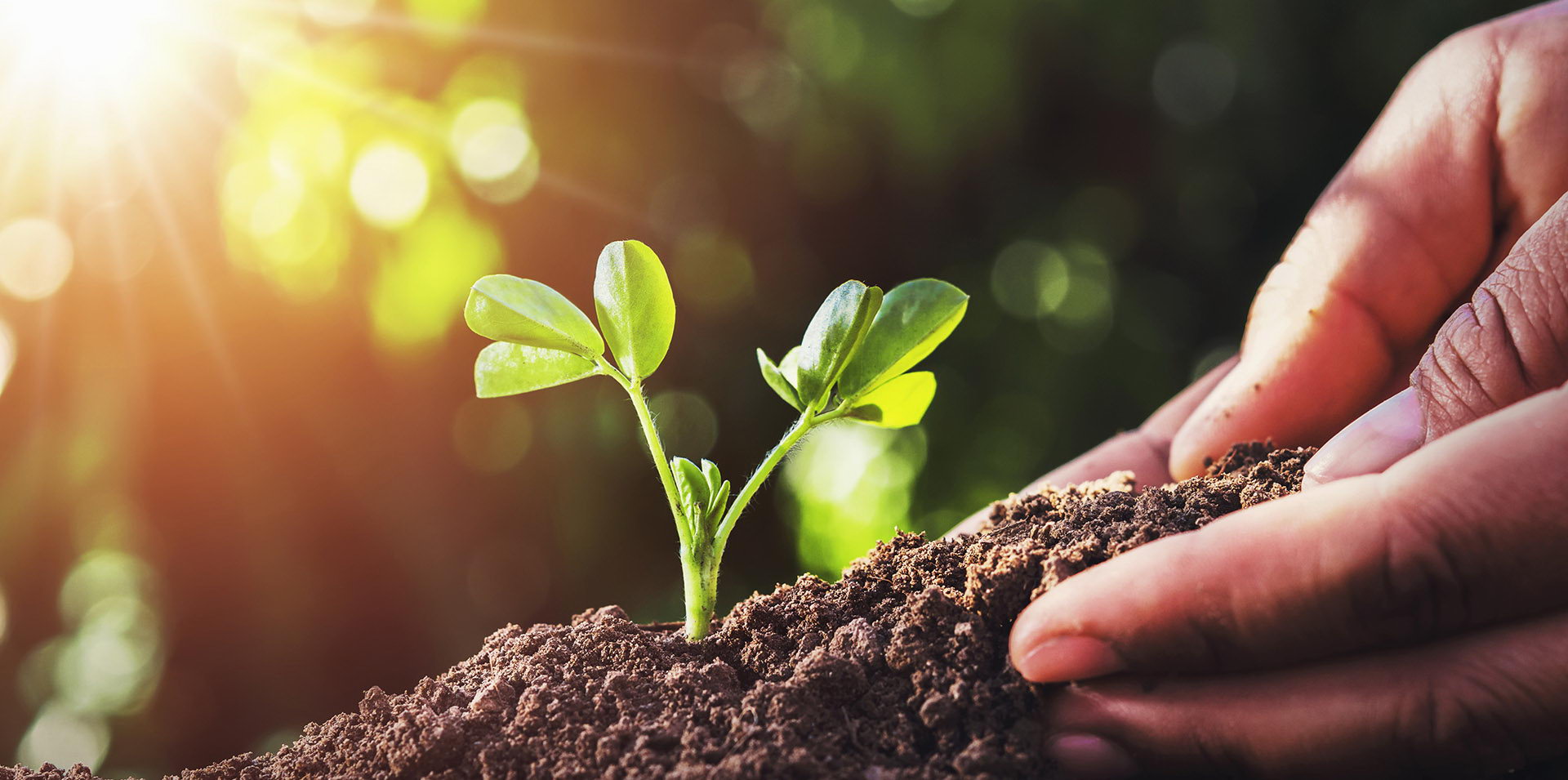The hydroponic growing method consists in using nutrient solutions and substrates instead of soil to constantly feed the plants. Industrial hydroponics has many followers, but there are also opponents who believe that intensive hydroponics abuses mineral fertilizers to achieve the highest profitability.
Hydroponics
Natural Resources and Science SIA is close to the principles of organic horticulture, we advocate responsible and rational use of minerals, therefore our contribution to hydroponics consists in develop the least artificial substrates and nutritive solutions for drip irrigation. Our raw materials – peat-sapropel mixtures and the humates, humic and fulvic acids obtained from them – are the most valuable asset that we can offer to such a science-intensive technology as hydroponics.
Our raw materials – peat-sapropel mixtures and the humates, humic and fulvic acids obtained from them – are the most valuable asset that we can offer to such a science-intensive technology as hydroponics.
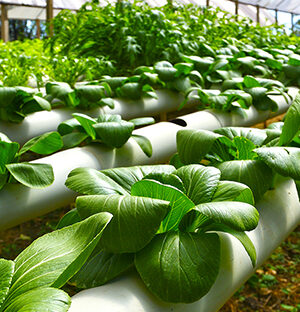

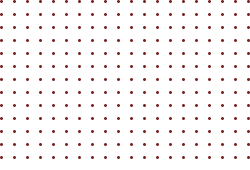
In hydroponics and aeroponics, crops with a short growing cycle are most popular – leafy lettuces, spinach, sorrel, celery, green onion, dill, parsley, basil, tarragon, cilantro, lemon balm, radishes, tomatoes, peppers and other leafy, spicy herbs and botanical or decorative flowers. Seeds are germinated in greenhouses on the ground using peat-sapropel soil improvers SatoSoil®. If necessary, seed dressing and seedling disinfection are carried out with liquid potassium humate Sato® Seeds, even after shaking off the substrate when transferring seedlings to a nutrient solution.
End-consumers and nutritionists report that hydroponically produced plants have a less pronounced taste and color. This is partly due to the fact that the optimal nutrient solution is 97-98% ordinary water and 2-3% macro and micronutrients, plants do not have contact with the soil and are almost isolated from pathogens and pests.
The concentration limit of mineral salts is about 8 g/l of nutrient solution, a higher concentration is detrimental to plants. Experts suggest that the weaker organoleptics of plants obtained in industrial hydroponics is due to limited contact with the organic environment, the choice of the most productive, but not necessarily tasty varieties, harvesting before ripening, priority of space optimization over taste and nutritional qualities of products.
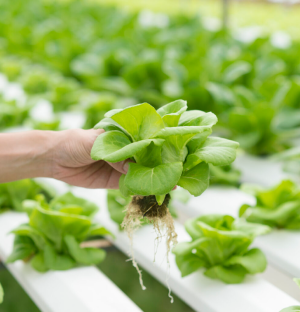
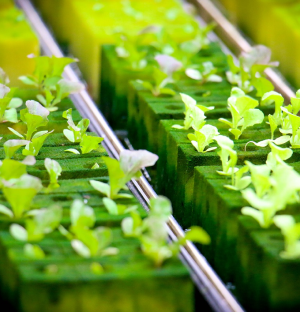

It is important to understand that different crops consume different amounts of macro and microelements at different stages of the growing cycle, and such conditions as hardness, pH and electrical conductivity (E.C.) of mother and working solution water cannot be overlooked, as well as sufficiency of lighting, oxygen access to the roots and air humidity.
Natural Resources and Science SIA develops Sato® Hydro liquid organo-mineral feeding for hydroponic projects based on current laboratory research on solution water and specific crop requirements.
In smaller projects, SatoHum® macro and micro nutrition line effectively copes with the task of plants optimal nourishing and saturating them with natural organic matter, chelates of highly soluble nutrients in combination with humic and fulvic acids. Nevertheless, the selection of the correct dosage is based on the systematic monitoring of the root and non-root systems of plants, which is the key to successful results.
The special composition of SatoHum® Potassium soap effectively fights aphids, spider mites, fungal diseases, if your hydroponic plants have been attacked by pests and diseases.
- leaves curl down, shortened internodes, slow growth – excessive electrical conductivity, possible lack of light;
- algae grow in the nutrient solution – disinfection of tanks and reservoirs is required before refilling;
- burns from lamps or the sun – lack of magnesium.



The hydroponic growing method consists in using nutrient solutions and substrates instead of soil to constantly feed the plants. Industrial hydroponics has many followers, but there are also opponents who believe that intensive hydroponics abuses mineral fertilizers to achieve the highest profitability.
Natural Resources and Science SIA is close to the principles of organic horticulture, we advocate responsible and rational use of minerals, therefore our contribution to hydroponics consists in develop the least artificial substrates and nutritive solutions for drip irrigation. Our raw materials – peat-sapropel mixtures and the humates, humic and fulvic acids obtained from them – are the most valuable asset that we can offer to such a science-intensive technology as hydroponics.
Our raw materials – peat-sapropel mixtures and the humates, humic and fulvic acids obtained from them – are the most valuable asset that we can offer to such a science-intensive technology as hydroponics.



In hydroponics and aeroponics, crops with a short growing cycle are most popular – leafy lettuces, spinach, sorrel, celery, green onion, dill, parsley, basil, tarragon, cilantro, lemon balm, radishes, tomatoes, peppers and other leafy, spicy herbs and botanical or decorative flowers. Seeds are germinated in greenhouses on the ground using peat-sapropel soil improvers SatoSoil®. If necessary, seed dressing and seedling disinfection are carried out with liquid potassium humate Sato® Seeds, even after shaking off the substrate when transferring seedlings to a nutrient solution.
End-consumers and nutritionists report that hydroponically produced plants have a less pronounced taste and color. This is partly due to the fact that the optimal nutrient solution is 97-98% ordinary water and 2-3% macro and micronutrients, plants do not have contact with the soil and are almost isolated from pathogens and pests.
The concentration limit of mineral salts is about 8 g/l of nutrient solution, a higher concentration is detrimental to plants. Experts suggest that the weaker organoleptics of plants obtained in industrial hydroponics is due to limited contact with the organic environment, the choice of the most productive, but not necessarily tasty varieties, harvesting before ripening, priority of space optimization over taste and nutritional qualities of products.



It is important to understand that different crops consume different amounts of macro and microelements at different stages of the growing cycle, and such conditions as hardness, pH and electrical conductivity (E.C.) of mother and working solution water cannot be overlooked, as well as sufficiency of lighting, oxygen access to the roots and air humidity.
Natural Resources and Science SIA develops Sato® Hydro liquid organo-mineral feeding for hydroponic projects based on current laboratory research on solution water and specific crop requirements.
In smaller projects, SatoHum® macro and micro nutrition line effectively copes with the task of plants optimal nourishing and saturating them with natural organic matter, chelates of highly soluble nutrients in combination with humic and fulvic acids. Nevertheless, the selection of the correct dosage is based on the systematic monitoring of the root and non-root systems of plants, which is the key to successful results.
The special composition of SatoHum® Potassium soap effectively fights aphids, spider mites, fungal diseases, if your hydroponic plants have been attacked by pests and diseases.
- leaves curl down, shortened internodes, slow growth – excessive electrical conductivity, possible lack of light;
- algae grow in the nutrient solution – disinfection of tanks and reservoirs is required before refilling;
- burns from lamps or the sun – lack of magnesium.



